NASA recently put a crucial part of the Roman Space Telescope — the Outer Barrel Assembly — through a rigorous "spin test" designed to evaluate its resilience against the intense gravitational forces it will encounter during launch. This test, a standard procedure in aerospace engineering, typically takes place inside a massive centrifuge that mimics the elevated gravity conditions of a space mission.
There is much anticipation around this next-generation telescope, which was named after Nancy Grace Roman, NASA's first chief astronomer and "mother of the Hubble Space Telescope." It will have a field of view 100 times larger than Hubble's. The telescope, referred to in short as Roman, will work alongside other space-based observatories in order to directly observe exoplanets and planet-forming disks — which are currently observed indirectly.
It will also be used to complete a statistical census of planetary systems in our galaxy, and settle essential questions in the areas of dark energy and infrared astrophysics. "Roman's much larger field of view will reveal many such objects that were previously unknown" said Julie McEnery, Roman's senior project scientist at Goddard in a NASA statement from 2023. "And since we've never had an observatory like this scanning the cosmos before, we could even find entirely new classes of objects and events."
The Outer Barrel Assembly is designed to protect the telescope and provide a structural support for other components. "It's designed a bit like a house on stilts," said Jay Parker, product design lead for the assembly at Goddard, in a statement.
The "house" consists of a shell and connecting ring that will encase the telescope, shielding it from stray light while housing devices designed to maintain a consistent temperature. This temperature regulation is crucial because the materials used in the telescope's construction expand and contract with temperature fluctuations.
The "house" consists of a shell and connecting ring that encases the telescope, shielding it from stray light and housing devices designed to maintain a consistent temperature. This temperature regulation is crucial because the materials used in the telescope's construction expand and contract with temperature fluctuations. If the temperature changes, it can lead to misalignment of the mirrors, negatively affecting the telescope's ability to capture clear and accurate images of distant celestial objects. By ensuring a stable temperature, the telescope can maintain the integrity of its mirrors and enhance its overall performance.
To achieve this stability, NASA scientists constructed the structure from a composite material made of two types of carbon fibers mixed with reinforced plastic, secured with titanium fittings. This choice of materials is stiff enough to eliminate the risk of warping while being lightweight enough to minimize the burden during launch. Additionally, the housing's inner structure features a honeycomb design, which provides a strong, stabilizing framework while reducing both material use and overall weight.
The house sits on a set of "stilts", which will surround the Roman Telescope's Wide Field Instrument and Coronagraph Instrument. It will also act as a scaffold, allowing the Outer Barrel Assembly to connect to the spacecraft that will carry the telescope into orbit. The entire structure is 17 feet (5 meters) tall and roughly 13.5 feet (4 meters) wide.
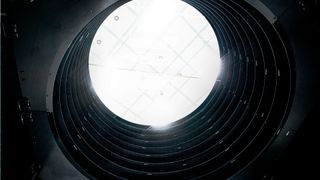
"We couldn't test the entire Outer Barrel Assembly in the centrifuge in one piece because it's too large to fit in the room," said Parker. "So we tested the 'house' and 'stilts' separately."
The centrifuge itself is enormous, with a 600,000-pound (272,000-kilogram) steel arm that extends from a giant rotating bearing and stretches across the test chamber located at NASA's Goddard Space Flight Center in Greenbelt, Maryland. When objects or even astronauts are spun at the end of its arm, the centrifuge simulates an increased, artificial feeling of gravity.
For astronauts, this is typically around one to two times the force of Earth's gravity, measured in Gs (a force per unit mass). But for equipment, like telescopes, being carried into space, this can climb to between 6-7 Gs due to vibrations in the cargo bay.
To achieve the necessary 7Gs, sections of the Outer Barrel Assembly were spun within the centrifuge up to 18.4 rotations per minute. After successful testing, NASA scientists say they will now be putting it back together and integrating it with Roman's solar panels and Deployable Aperture Cover at the end of this year.
The fully assembled components will then be put through thermal vacuum testing next year to ensure they can withstand the harsh environment of space, as well as vibrations testing to ensure they can hold up during launch. After this, they will be integrated into the rest of the observatory, which is set to launch in May 2027.
Scientists are already excited about what the telescope might uncover. "This Roman survey will provide a treasure trove of data for astronomers to comb through, enabling more open-ended cosmic exploration than is typically possible," McEnery said. "We may serendipitously discover entirely new things we don't yet know to look for."
.png)
 3 hours ago
7
3 hours ago
7

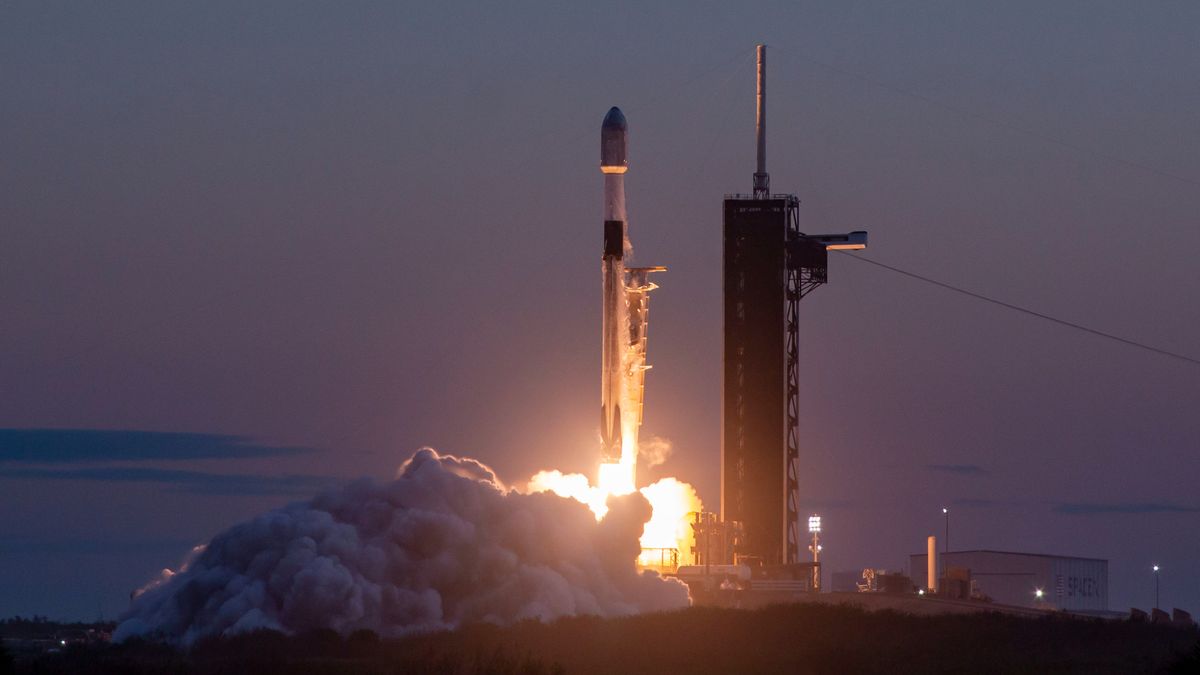






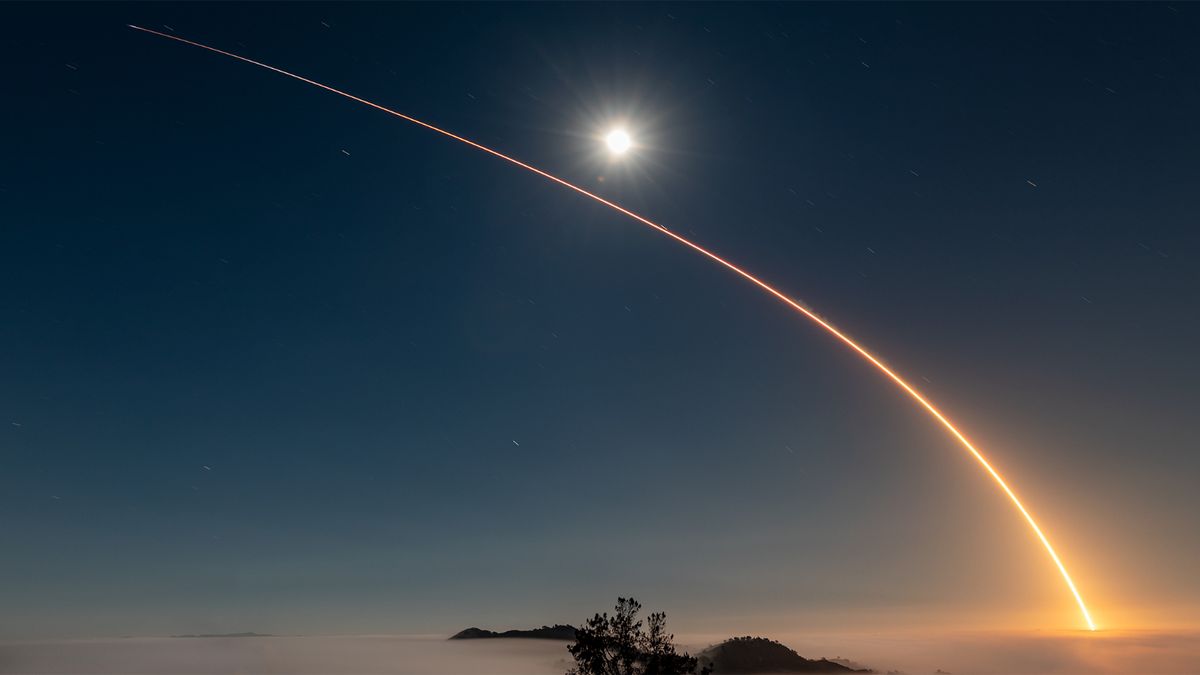

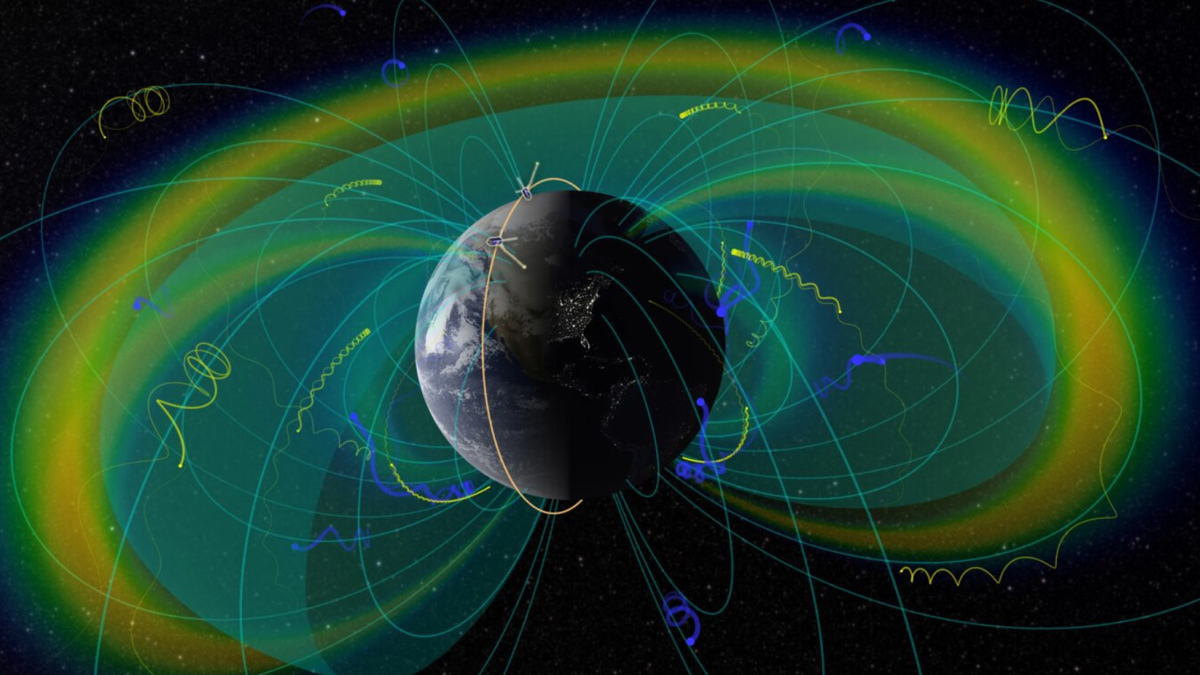














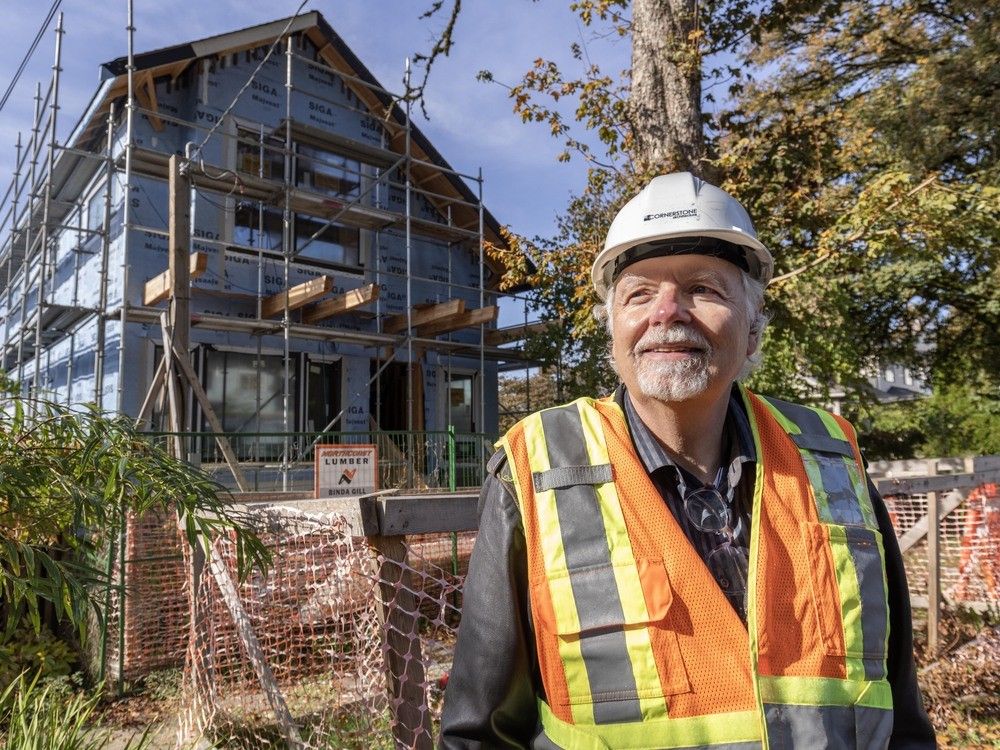
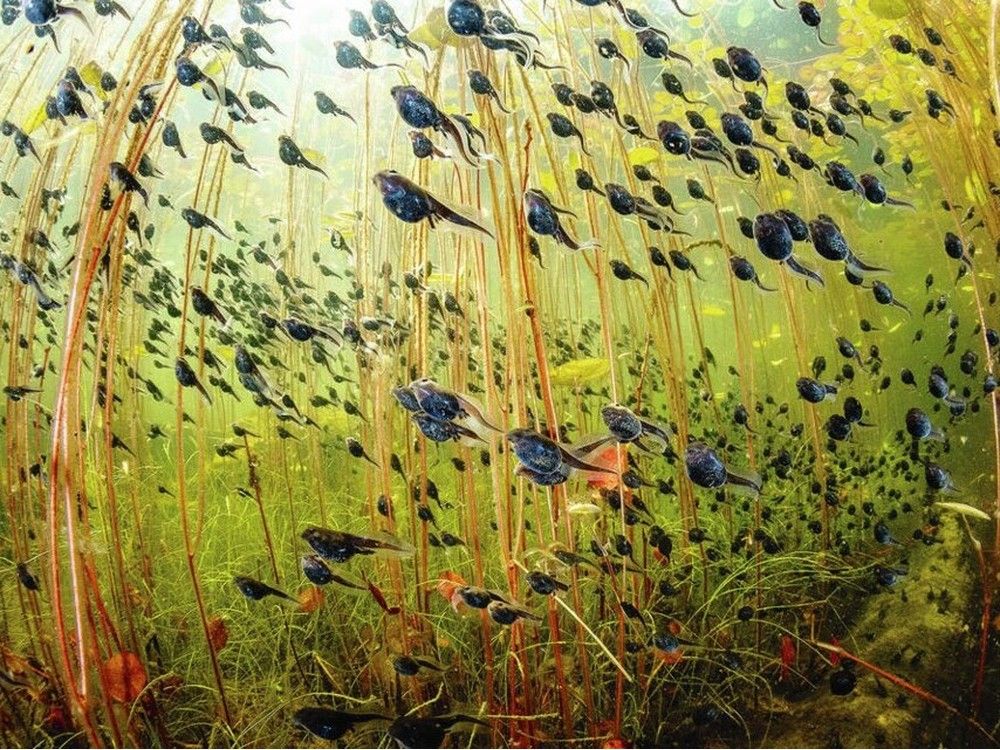

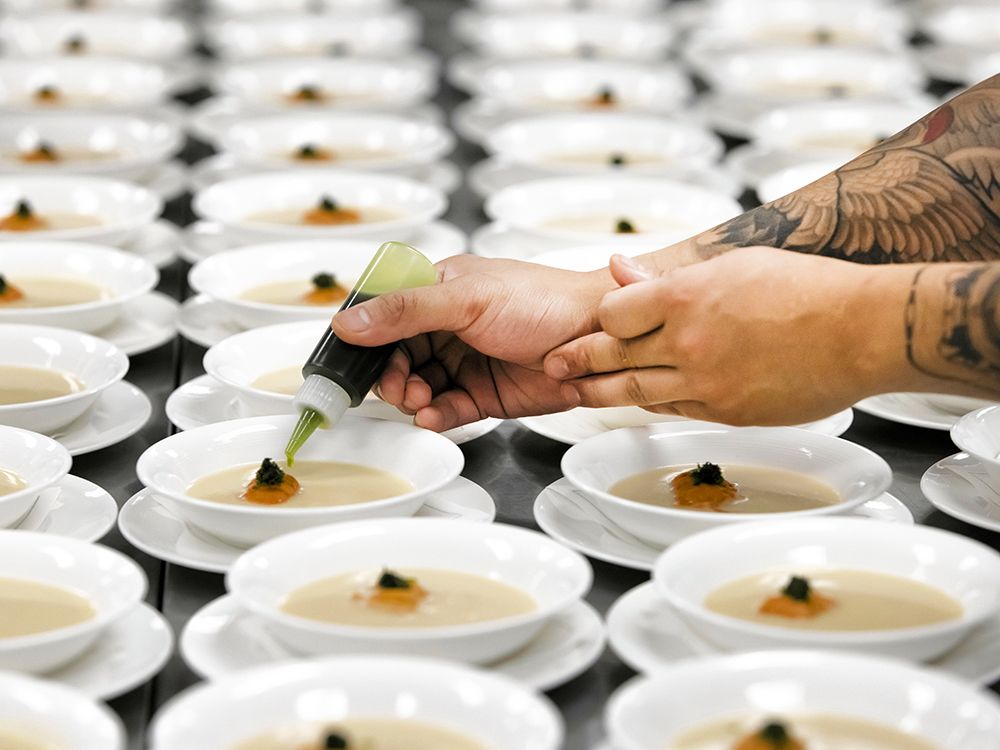




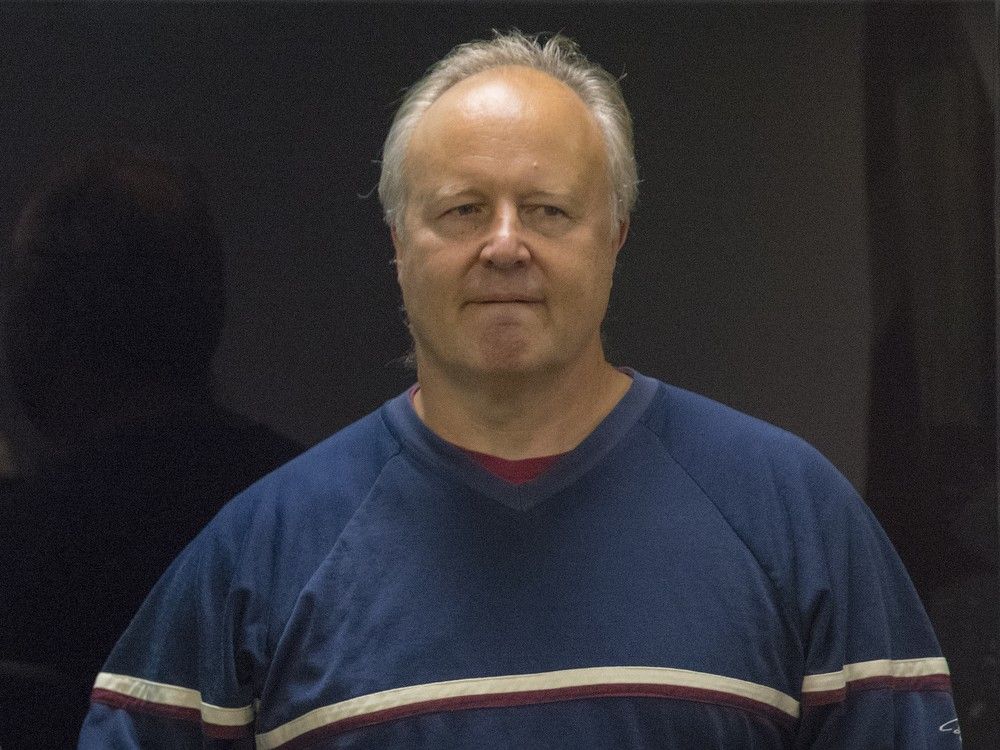

 Bengali (BD) ·
Bengali (BD) ·  English (US) ·
English (US) ·